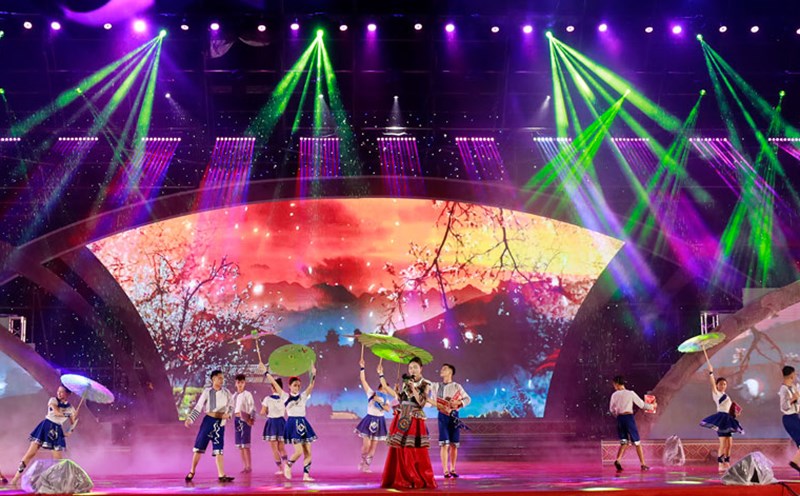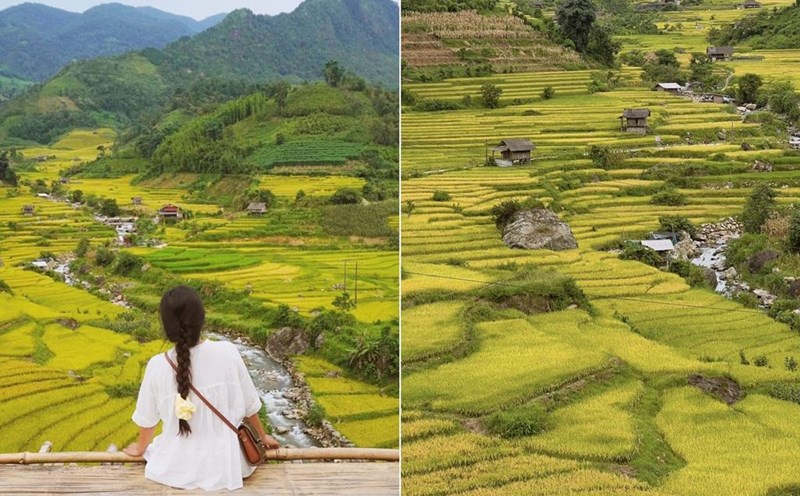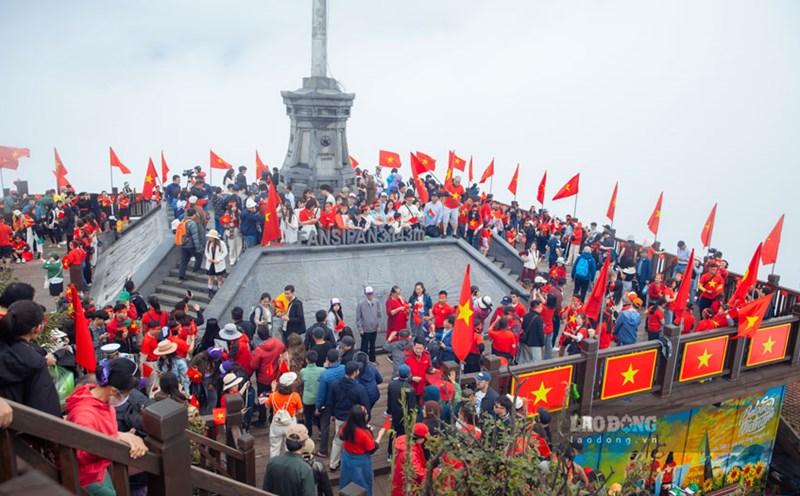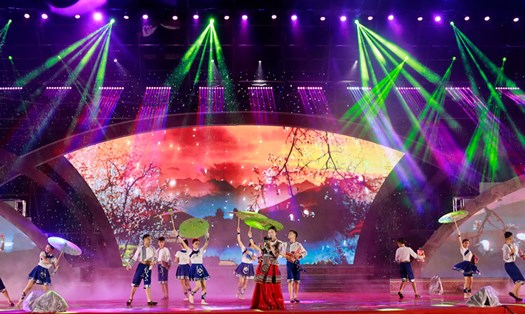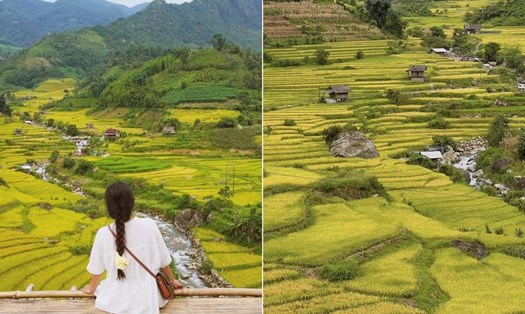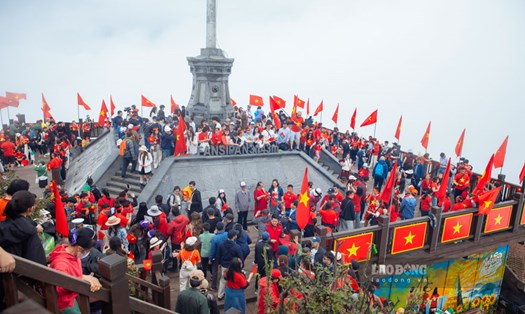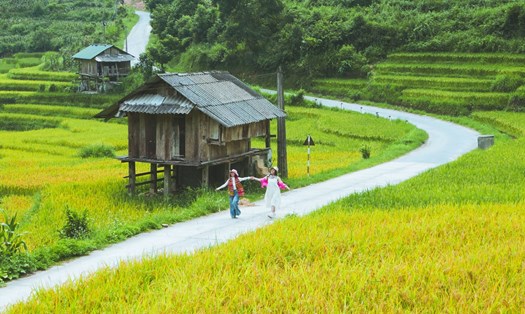Sa Pa in the ripe rice season always has a beauty that touches people's hearts, but instead of choosing crowded destinations, many tourists look for places such as Nam Cang, Nam Than, Nam Nhieu...
Moving
Nam Cang is about 50km from the center of Sa Pa, visitors can travel by motorbike or private car. However, this road is quite winding, curving and has many continuous steep slopes.
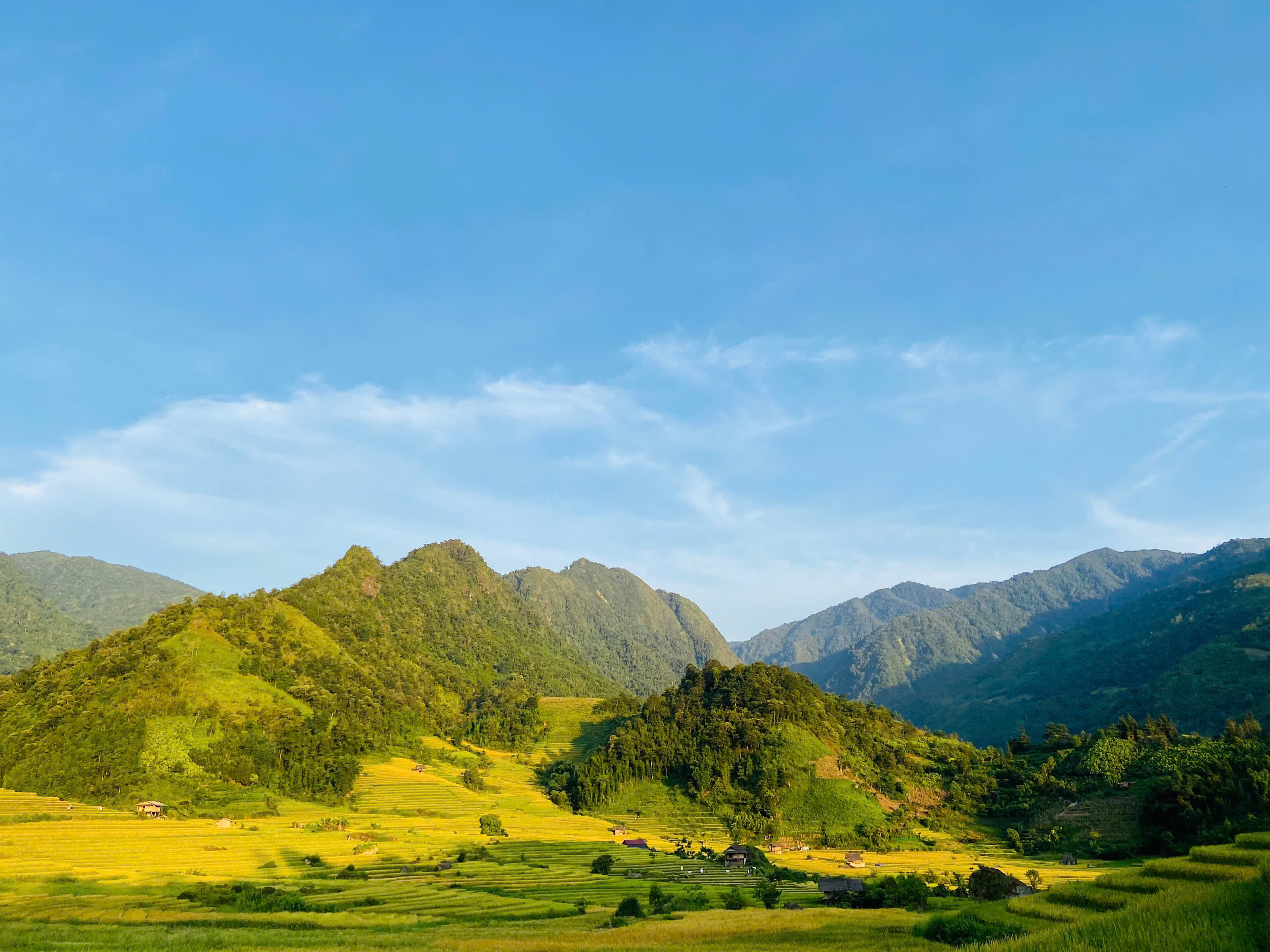

From Ta Van, visitors will go through Su Pan, Ho village and then to Nam Cang. On the way, there will be many surrounding roads with only mountains, trees and waterfalls, bringing a feeling of complete separation from the city.
Ms. Huyen Thuong (2003, a tourist from Hanoi), was invited by a local friend to visit Nam Cang.
She shared her experience to Nam Cang from Sa Pa: "I started from Thao Hong Den village, Muong Hoa valley by motorbike. Traveling by motorbike is both mobile and has no restricted visibility.
For Sa Pa terrain, manual transmission vehicles will be more suitable and safer than street cars because there are many sections of road with continuous high slopes. The distance is about 25km, but I went for 2 hours because the road was also winding".
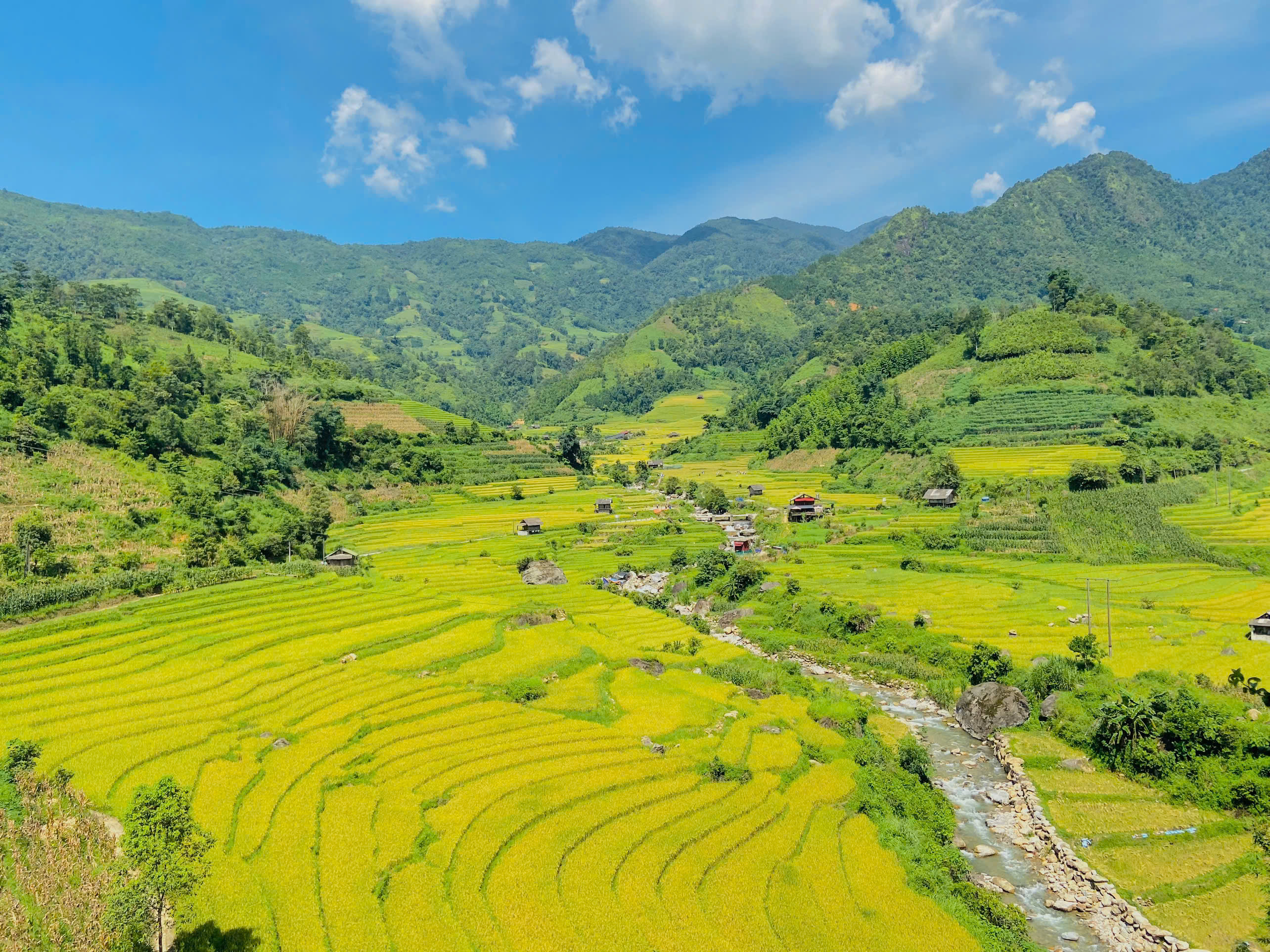
"We should fill up gas in the area from the town to Muong Hoa, because from then on there will be more and more sparsely populated, there are long roads without houses or gas stations," Ms. Thuong added.
Experience local culture
When arriving in Nam Cang, in the spirit of being invited to visit home and experience the lives of local people, Ms. Huyen Thuong and a group of friends went up to break corn. At noon, the whole group had a meal with everyone in the Dao Do family, experiencing a simple and cozy lifestyle.
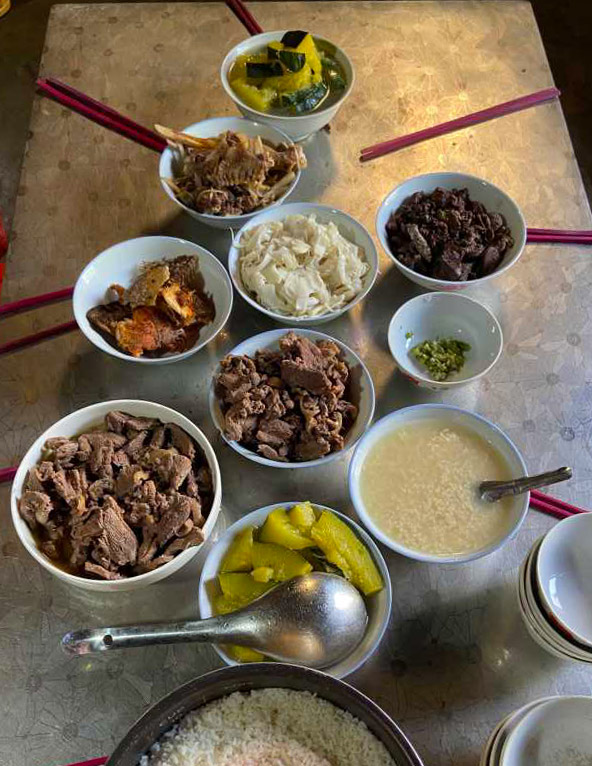
The next day, the group decided to go see salmon and sturgeon farms - a famous farming profession in Nam Cang. Visitors can visit fish farms located deep in the forest, where people build to ensure clean water for the fish.
On the way back, the group stopped by the stream to play, enjoying the cool and clear water. In the evening, the group also visited Ban Co. This is a beautiful place but few people know it.
Visitors can ask people for directions because there are no signs. There are only terraced fields, mountains and a few hut houses. The scene was quiet and beautiful to the point of being in my heart.
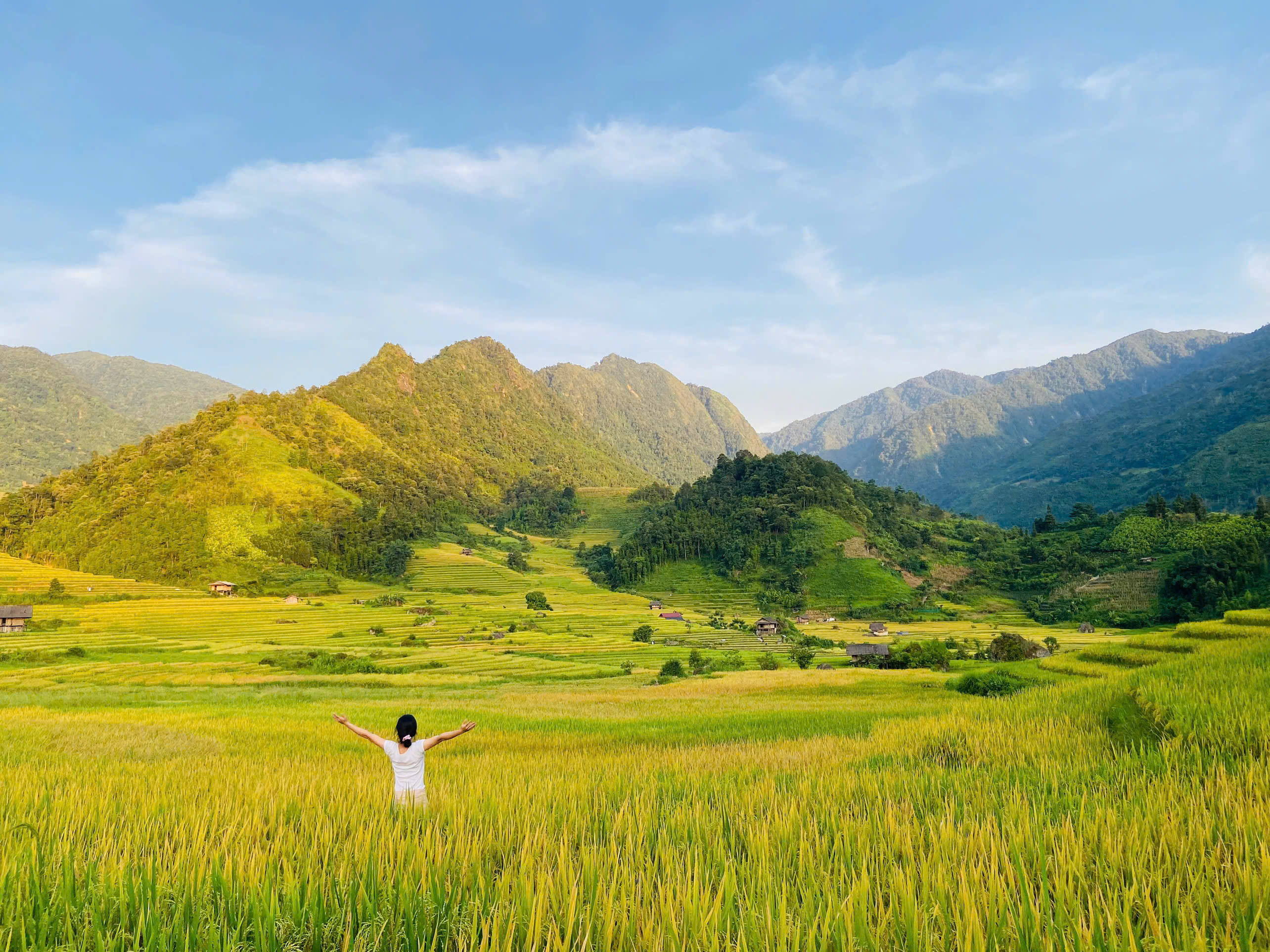
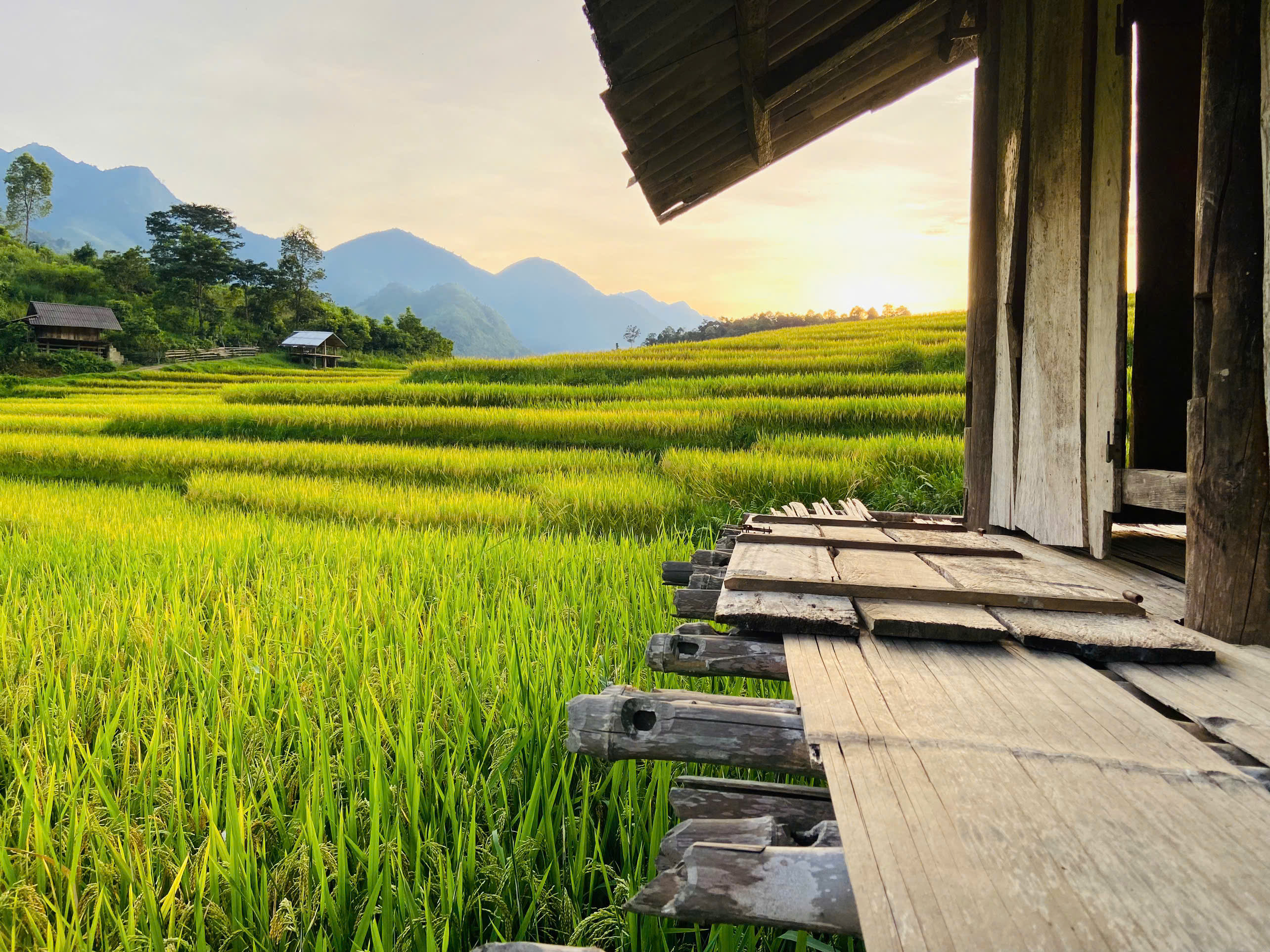
An experience not to be missed when coming to Nam Cang is wearing a completely handmade Dao Do costume.
Ms. Thuong said: "The costumes of the Red Devils are very elaborate, the patterns are hand-embroidered, silver-plated... After that, we moved to take photos in the hutts built by people along the road. Looking down, you will see the ripe rice spread out, streams, and mountains in the distance".
In addition to watching the rice, Ms. Thuong suggests some experiences to try such as visiting the village, taking a bath in medicinal leaves and massaging.
Experience in hunting for ripe rice
Ms. Thuong summarized the cost for her 2-day trip at less than 2 million VND. The female tourist believes that this amount of money is completely deserved for a journey with many interesting experiences.
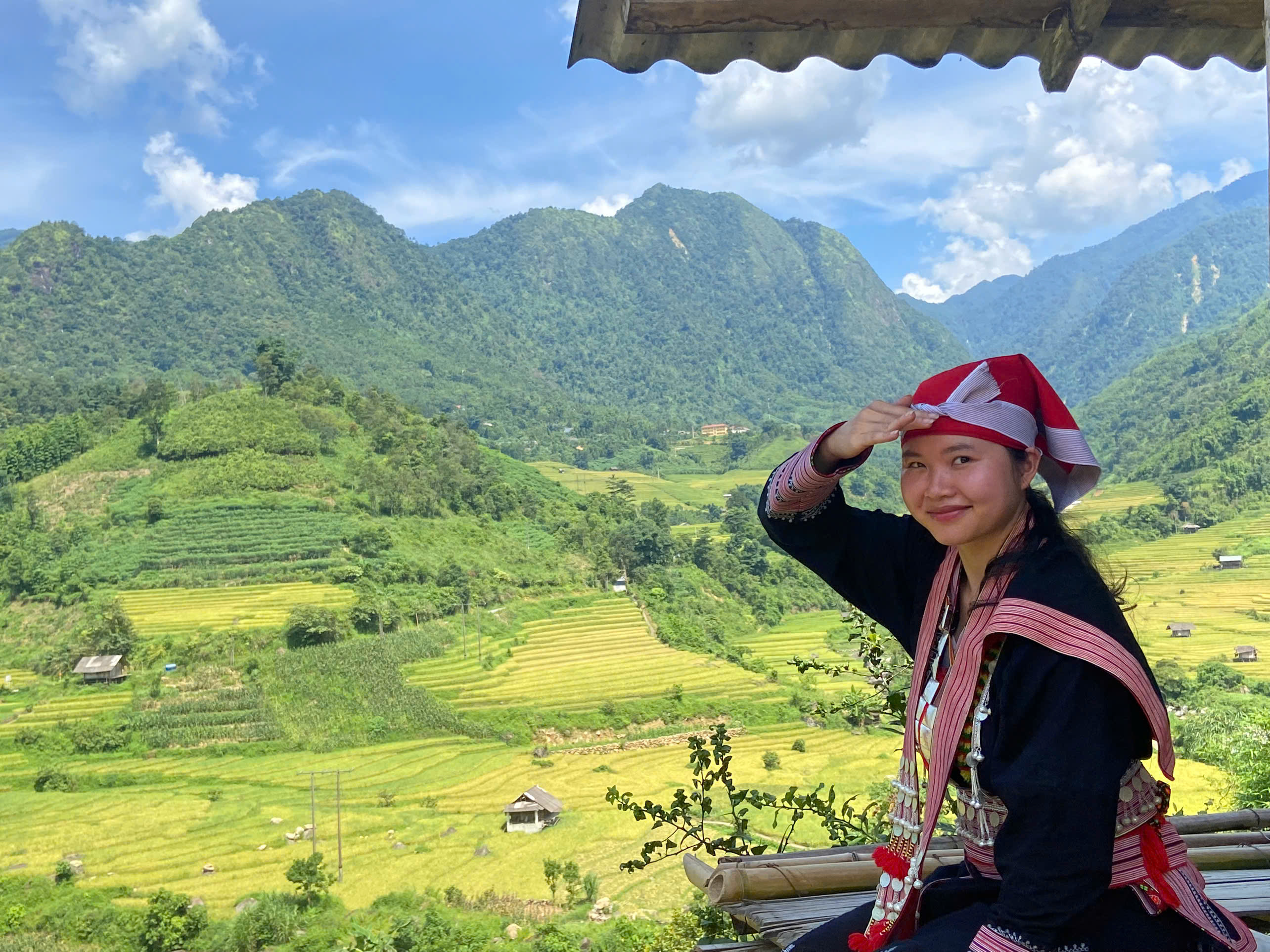
Visitors should bring a flycam to record the whole scene from above during the ripe rice season.
In terms of clothing, you can choose red or white to stand out in the midst of golden ripe rice fields.
The ideal time to take photos is early in the morning or late afternoon, when the sun is not too harsh, helping you get the best quality photos.
The ripe rice season in Sa Pa usually starts at the end of August and lasts until the first half of September. This time may vary depending on each season, but it is often not too different, only about 10 days earlier or later.
Nam Cang (usually the earliest ripe rice season compared to other places), in late July and early August.
Ta Van, Ta Xua, Nghia Do, Ban Lien, Ta Cu Ty, Hong Thai, Suoi Thau Thao, Nam Hong, Trung Khanh, Y Ty, Ha Thanh Village in late August and early September.
If departing later in mid-September onwards, visitors can consider moving to Tu Le - Mu Cang Chai (Lao Cai) or Ban Phung - Nam Ty (Tuyen Quang).

